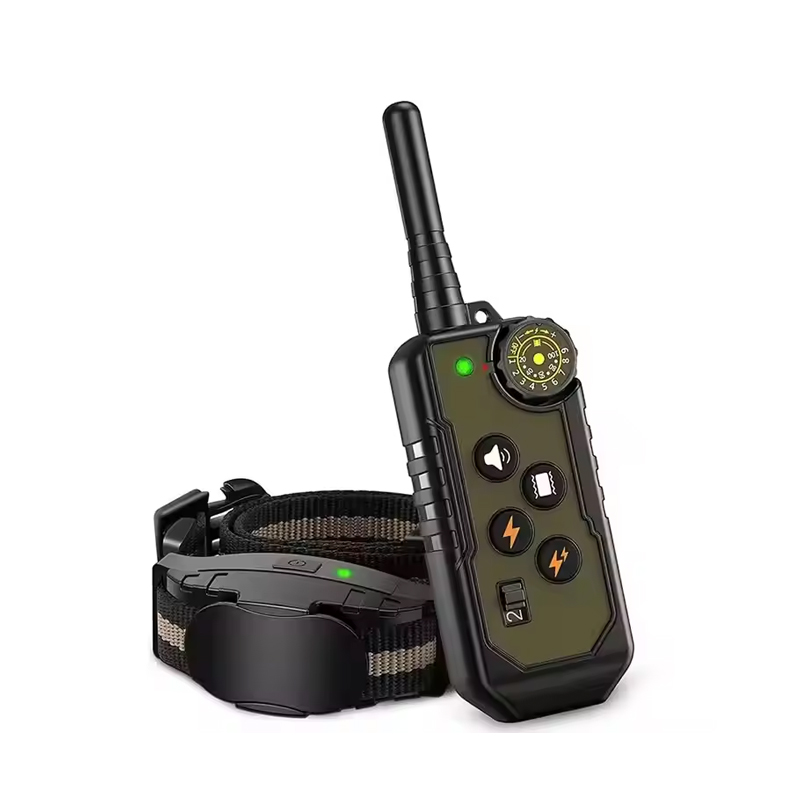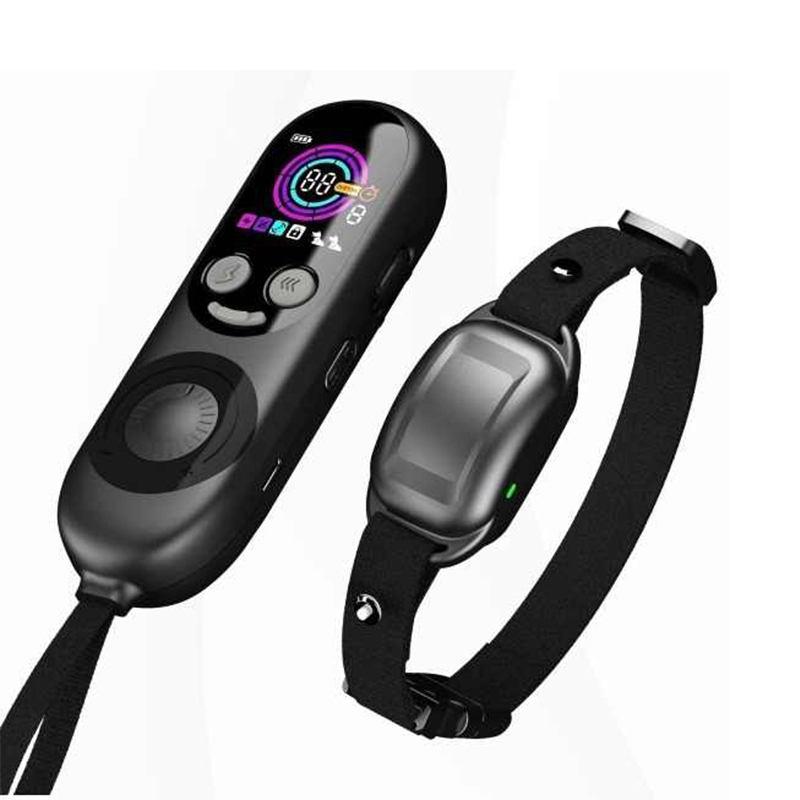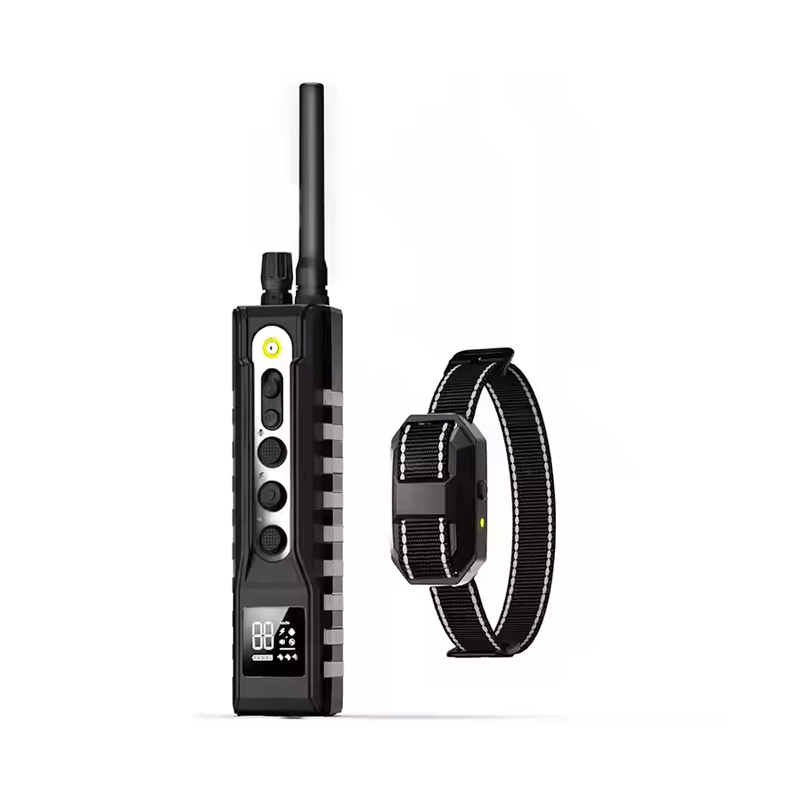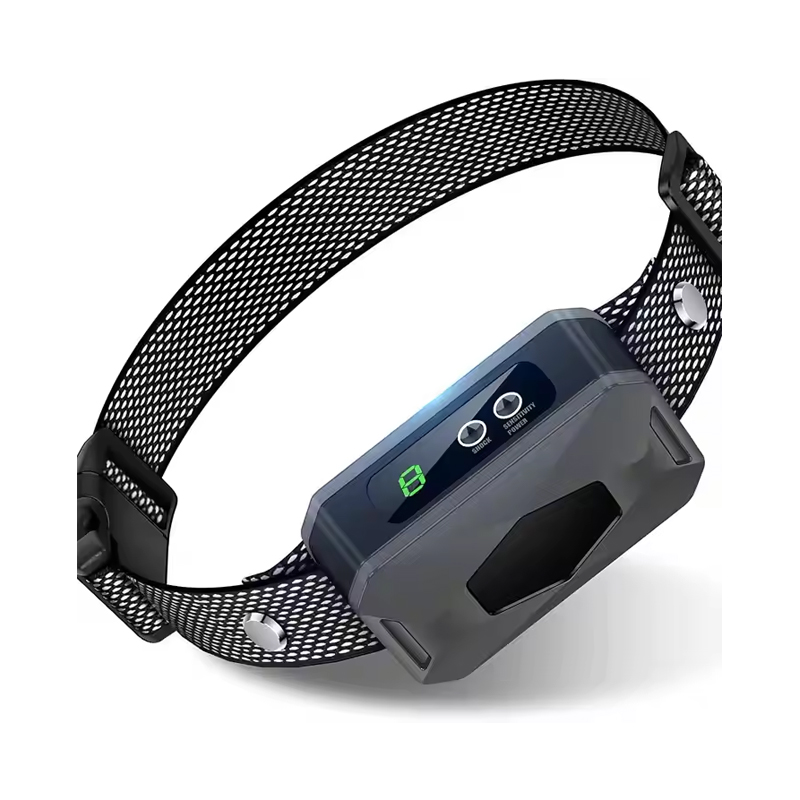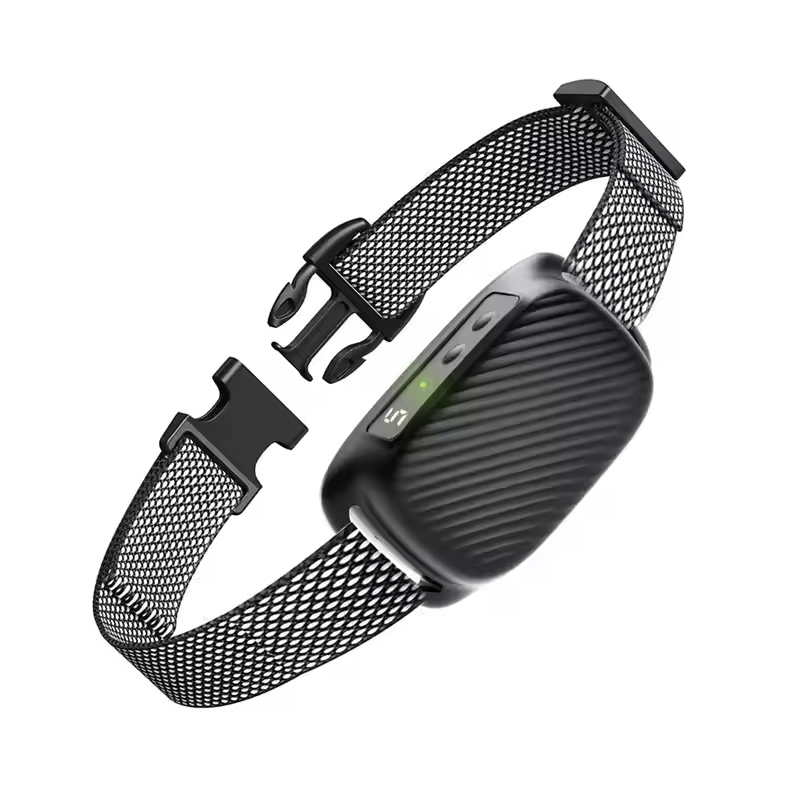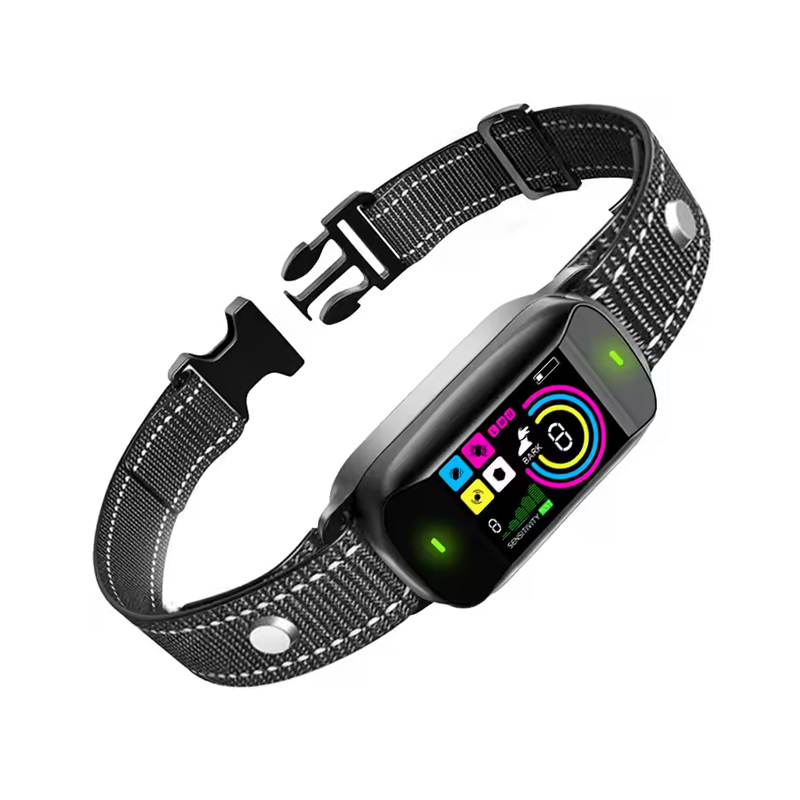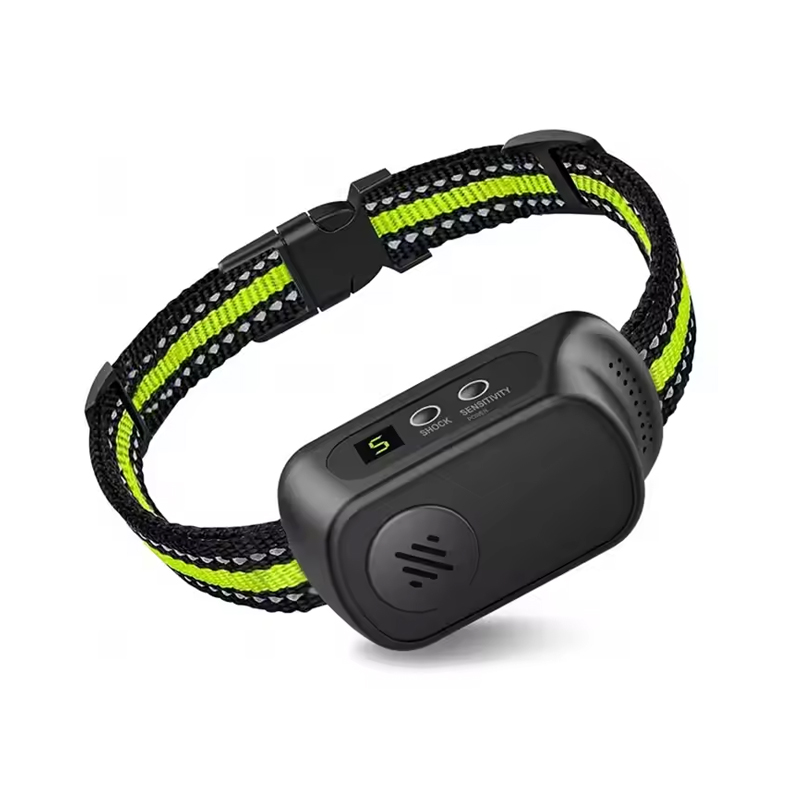- Type:
- Industry News
- Date:
- 2025-04-11
Raised vs Flat Pet Bowls: Which Is Better for Your Dog's Digestion?
When it comes to your dog's mealtime setup, the choice between raised pet bowls and traditional flat bowls is more important than many pet owners realize. The right feeding solution can significantly impact your dog's digestion, comfort, and overall health. Let's examine the benefits of elevated pet bowls versus flat bowls, with special attention to how options like pet bowl slow feeder designs can further enhance your dog's eating experience.
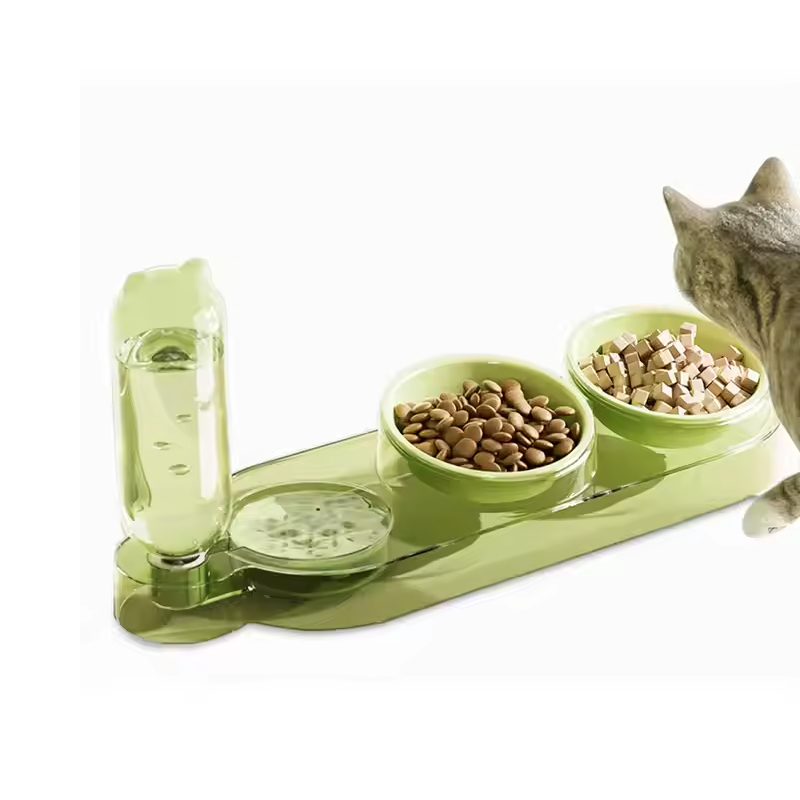
Understanding the Basic Differences
Flat bowls placed directly on the floor have been the standard for generations, but raised pet bowls that elevate food and water to a more natural height are gaining popularity. The primary distinction lies in their positioning: while flat bowls require dogs to bend their necks downward, elevated pet bowls bring the food up to a more comfortable level aligned with the dog's shoulder height.
For dogs that eat too quickly, incorporating a pet bowl slow feeder design - whether elevated or flat - can help regulate their eating pace. These specialized bowls feature ridges, mazes, or obstacles that force dogs to eat more slowly, reducing the risk of bloat and improving digestion.
The Digestive Benefits of Elevated Feeding
Raised pet bowls offer several advantages for canine digestion:
1. Improved swallowing mechanics: When dogs don't have to stretch their necks downward, food moves more naturally through their esophagus.
2. Reduced air intake: Eating from elevated pet bowls decreases the amount of air swallowed during meals, which can help prevent gas and dangerous bloating.
3. Better posture support: Especially beneficial for large breeds and senior dogs, raised pet bowls minimize strain on joints during mealtime.
For dogs prone to eating too fast, combining the benefits of elevated pet bowls with a pet bowl slow feeder design creates the ideal feeding solution. The elevation improves posture while the slow-feed mechanism controls eating speed.
When Flat Bowls Might Be Preferable
While raised pet bowls offer numerous benefits, flat bowls may be better in certain situations:
- For very small breeds or puppies, some elevated pet bowls might be too tall
- Dogs with certain neck or spine conditions may find flat bowls more comfortable
- Some pet owners prefer the simplicity of traditional bowls without elevation
However, even when using flat bowls, incorporating a pet bowl slow feeder can still provide digestive benefits by preventing rapid eating. The key is observing your individual dog's needs and preferences.
Choosing the Right Option for Your Dog
When deciding between raised pet bowls and flat bowls, consider:
1. Your dog's size and breed: Larger dogs typically benefit more from elevation
2. Age and health conditions: Senior dogs or those with arthritis often prefer elevated pet bowls
3. Eating habits: Fast eaters may need a pet bowl slow feeder regardless of height
Many quality raised pet bowls now incorporate slow-feed features, combining the benefits of elevation with controlled eating pace. These hybrid elevated pet bowls with pet bowl slow feeder designs represent advanced feeding solutions currently available.
Special Considerations for Multi-Dog Homes
In households with multiple dogs of different sizes, adjustable raised pet bowls allow customization for each pet's ideal height. Pairing these with pet bowl slow feeder inserts can help prevent food aggression and ensure each dog eats at their own pace.
Elevated pet bowls also tend to keep feeding areas cleaner, as they're less likely to be knocked over during enthusiastic eating. The addition of a pet bowl slow feeder feature further reduces spills and food scattering.
Making the Transition
If switching from flat bowls to raised pet bowls, do so gradually:
1. Start by elevating meals just a few inches
2. Monitor your dog's comfort level and eating habits
3. Consider adding a pet bowl slow feeder if rapid eating is an issue
Most dogs adapt quickly to elevated pet bowls, especially when the height is properly adjusted to their size. The combination of proper elevation and controlled eating pace from a pet bowl slow feeder can make mealtime more enjoyable and healthier for your pet.
For most adult dogs, especially medium to large breeds, raised pet bowls set at the proper height offer clear digestive advantages over flat bowls. The elevation promotes better posture and reduces strain during meals. When paired with a pet bowl slow feeder, these elevated pet bowls provide comprehensive benefits for your dog's eating health.
Smaller dogs or those with specific health conditions may do better with traditional bowls, possibly enhanced with a pet bowl slow feeder insert.


